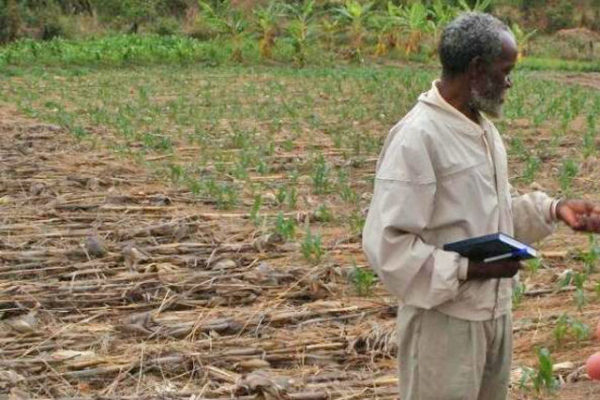A regional report based on research conducted in 10 countries in Southern African Development Community (SADC) paints a positive picture on the future of conservation agriculture in the region, according to the Food Agriculture Organisation (FAO).
About 70% of SADC’s population depends on agriculture for food, income, and employment, contributing to the different member states between 4% and 27% of Gross Domestic Product (GDP) and about 13% of overall export earnings.
However, most of these countries are exposed to climate risks, both in their direct farming and in their produce chains.
The regional report titled: “Conservation Agriculture Entry Points into Regional and National Development Frameworks and Potential Investment Opportunities in Southern Africa” in Eswatini, Lesotho, Malawi, Madagascar, Mozambique, Namibia, South Africa, Tanzania, Zambia, and Zimbabwe, and it was released by FAO this week.
The conservation agriculture (CA) has three main principles: minimum soil disturbance, crop diversification, and permanent soil cover, to help protect the environment and to reduce both the impacts of climate change on agricultural systems.
In addition, CA makes efficient use of inputs, produces higher yields and is environmentally friendly.
“Against the skyrocketing prices of fertiliser globally, adoption and scaling up CA an approach that applies precision application of inputs has never been so urgent,” the report notes.
“The Southern Africa region heavily relies on imports for its fertilisers and other agro-chemicals. The Russia-Ukraine war has exacerbated the access of fertiliser for millions of smallholder farmers in Southern Africa. If the prices remain high, there will be less demand for fertilizer which will potentially dim crop yield prospects for the 2022/23 production season.
“The rising cost of inputs due to the conflict in Europe underlines the need to use agricultural inputs more efficiently. The unfortunate part of this is that the input price rises will have the severest impact on vulnerable farming households,” said Lewis Hove, resilience team leader, FAO Sub-regional Office for Southern Africa.
He added that the unfolding climate change scenario in the region is making the situation rather worse.
FAO has been promoting CA in Southern Africa through supporting multi-stakeholder partnerships, and strengthening coordination at the local and regional level.
Through the project: “Strengthening Coordination, Scaling Up and Governance of Conservation Agriculture in Southern Africa (SUCASA)”, FAO is working with partners in the region to overcome both policy, institutional and technical challenges.
Studies have showed that CA works well under particular contexts and if implemented according to the established principles and with good management.
“To ensure sustainability, CA needs to align with existing Sustainable Development goals (SDGs), regional and national development policies, frameworks and strategies for increased agricultural productivity, climate resilience, disaster risk reduction and food and nutrition security,” Hove emphasised.
“While countries play the role of aligning CA policies to national, regional, continental or global frameworks, stakeholders are encouraged to provide more funding and resources to boost CA adoption, and support sustainable exit strategies that leave the CA farmers with sustained interest and support in CA adoption. Research into all facets of CA adoption to provide empirically-based recommendations for scaling the practice is equally needed to determine the real economic benefits of CA.”
He said the private sector should position itself to create market opportunities for CA agro-inputs, and enhance awareness of smallholder farmers of these opportunities, as financial institutions provide farmers with soft loans with favorable interest rates and payback periods.
The study suggests that for CA to be successful, different production stages under CA, which include planting, harvesting, shelling, value addition, have to be mechanised. CA farmers should be linked with markets so as to motivate them and improve on sustainability.
“Additionally, ICT can be leveraged to create wider awareness of successes and failures of CA, and train farmers and other stakeholders in the practice. Furthermore, the farmers should have access to information via a range of sources, e.g. radio, newspapers, oral tradition, market players, extension workers, and from other farmers.
Convening a regional CA technical forum is imperative to share experiences and research results and review the regional CA agenda,”the report noted.








